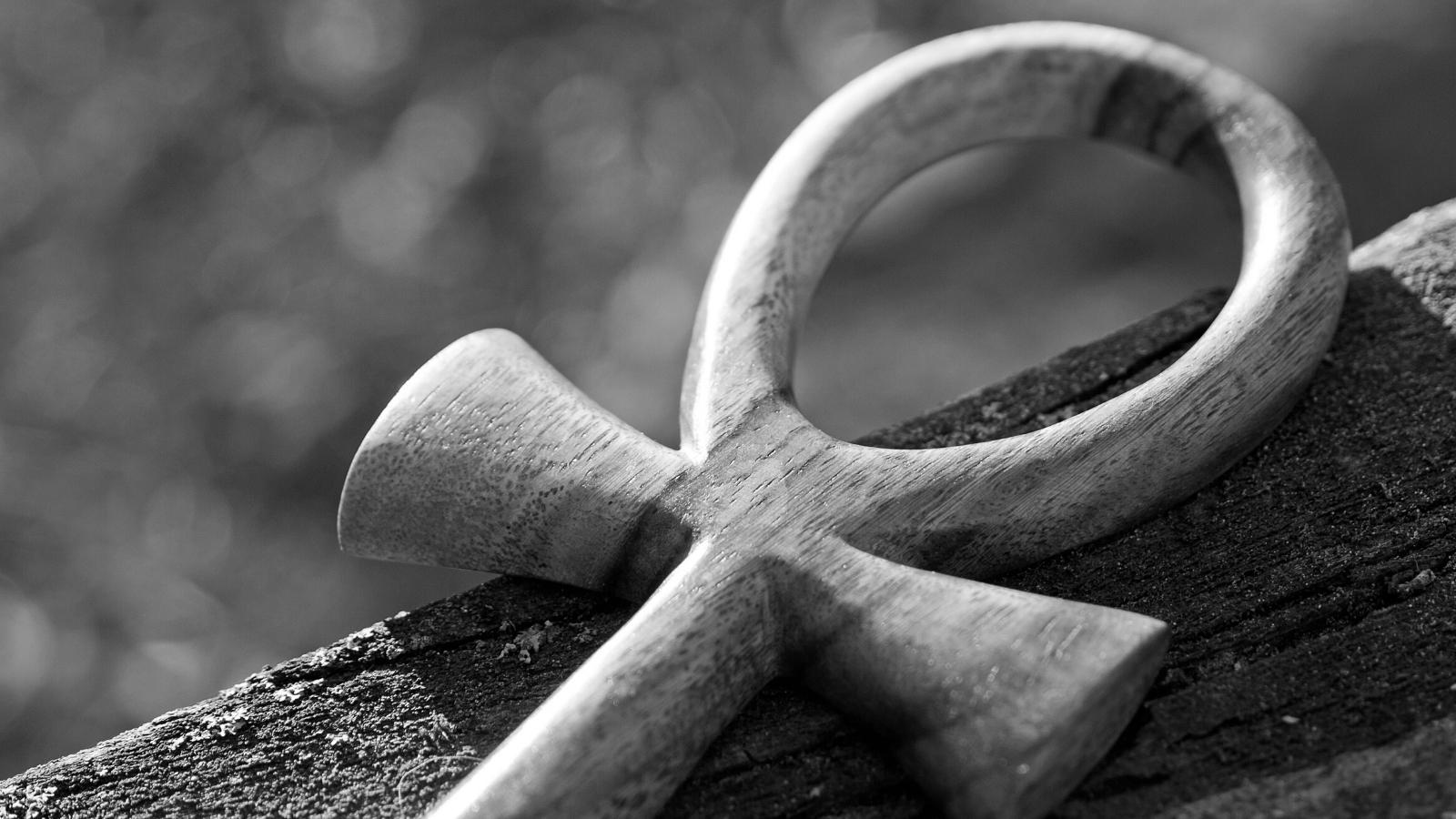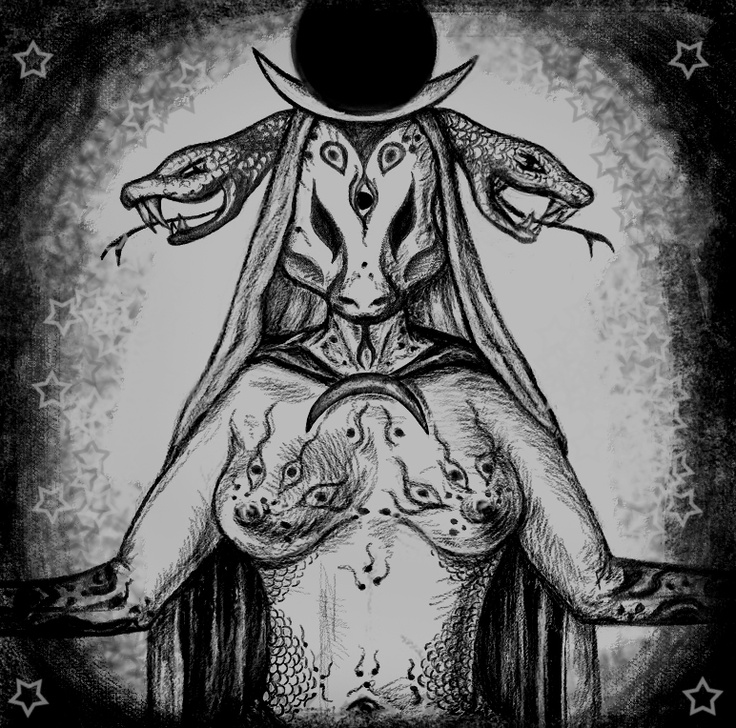Heqet: The Frog Goddess of Fertility in Ancient Egypt
One of the most unique and famous deities that came from ancient Egyptian mythology was Heqet, the goddess of fertility who was depicted as a frog.
Continue reading to find out how she came to be and what her role was in the life of ancient Egyptians.
The Frog Goddess
Heqet (also spelled as Heqat, Hekit, Heket, Hegit, and Heget) was described to be the Egyptian goddess of fertility in ancient Egypt. There are several potential sources indicating that her name was most likely pronounced as Ḥaqā́tat in Middle Egyptian times. There is no certain definition for her name, but it was conceivably acquired from the word “heqa,” meaning “ruler” or “scepter.”
Heqet’s name was said to be linked to the name of the Greek goddess of witchcraft, Hecate. Despite the resemblance of their names, the two goddesses were not at all related, but they did have some similarity with each other.
These two ancient goddesses were both associated with birth, death and resurrection, and there are claims and considerations that Heqet was the eldest of all ancient Egyptian spirits. This is also the reason why she is admired as an all-knowing deity and a beginning-to-end kind of entity in Egyptian scriptures.
Appearance
The Egyptian goddess Heqet was portrayed to have the appearance of either an amphibian frog or a woman with the head of a frog. She appeared to be in her anthropomorphic form on the walls of temples while on amulets, she was depicted to be in the form of the amphibian frog.
In many cultures, frogs are viewed as a sign of fertility, life, rebirth and renewal. Thus it also represented the midwife goddess Heqet, who controlled generality and birth in ancient Egyptian times.
Other Gods Associated With Heqet
According to some claims, Heqet was thought to be the wife of Khnum, the creator god of Abu. It is said that he created each person by using mud from the Nile River and his potter’s wheel, which made him the god of creation. Heqet respired life into the creations of Khnum before they were placed inside their mothers’ wombs.
Together, the goddess Heqet and the creator god Khnum were responsible for the creation, formation and birth of all living beings. Heqet was considered the female counterpart of the creator god Khnum. They had a son called Her-ur, who later on grew up as the god of kingship and the sky.
In another tradition, Heqet was the wife of Heh, and it was Heh who crafted each person before Heqet gave life to his crafts. In other traditions, it is said that Heqet was the wife of Horus the Elder. There are also other beliefs saying that Heqet was the second wife of Shu (Tefnut being the first wife and his twin sister).
Who is Heqet in Egyptian Mythology?
One of the oldest faiths, beliefs and cultures in ancient Egypt was the honoring of the frog goddess, who was assumed to have a principal role in the evolution and creation of the world and the people living in it. The frog goddess, Heqet, was one of the important deities for ancient Egyptians, especially for pregnant women, mothers and even queens and nobles. Her representation of fertility and abundance during that time gave her great importance.
Heqet and the Story of the Triplets
Heqet had all the standard abilities of being a goddess. She was believed to be aligned with pregnancy and childbirth. In the story of the triplets, it was said that the great sun god Ra sent a group of goddesses to assist a royal woman of the name of Ruddedet, who was having difficulty and pain when giving birth to her three children who were in line to be the kings of the Fifth Dynasty.
Four deities, including Heqet and the goddesses Isis, Nephthys and Meshkemet, presented themselves as dancing girls, and the creator god Khnum acted as the goddesses’ servant. The goddess Isis named the three children of Ruddedet, while the goddess Meshkemet prophesied the fate of the children. The creator god Khnum blessed the newly created children to be strong and healthy.
Heqet seemed to “hasten the birth” of the royal triplets of Ruddedet, fulfilling her job as the frog deity who gave life to the newly created children. The story of the triplets indicates that Ruddedet’s children were sired by Ra, the sun god, and they became the sun-worshipping kings of the Fifth Dynasty.
Heqet and Her Role as an Important Midwife
There were claims that the priestesses of the midwife goddess Heqet were professionals in midwifery. Ancient Egyptian midwives proclaimed themselves to be the servants of Heqet (though there is currently no discovered ancient Egyptian term for “midwives”).
The midwife goddess Heqet and the creator god Khnum were also said to be the ones who led Ahmose to the birthing room to give birth to the newly created child named Hatshepsut. The midwife goddess held an ankh that symbolized life for the infant with the name Hatshepsut and her ka.
Heqet once again proved her divine abilities as an ancient Egyptian midwife goddess who gave life to newly created children. The goddess’ involvement with childbirth led her to gain the title “She who hastens the birth” in the time of the Middle Kingdom.
Depictions in Ancient Art
In temples of the first millennium, Heqet appeared to be assisting goddesses while giving birth to divine children. At Abydos, Heqet was admired for helping Isis in bringing Horus into the world and for assisting the murdered god Osiris to be redeemed. All Egyptians aspired to the goal that after they died, Heqet would act as a divine midwife for their time to be reborn.
In the Pyramid Texts, Heqet was also said to be assisting pharaohs as they made their way through the eternal stars’ sky. Since then, the goddess Heqet was viewed to be a goddess of resurrection as well.
Representations and Symbols of Heqet
Heqet was the Egyptian frog god who became the symbol of fertility and fruitfulness for the people in ancient Egyptian times. There were many goddesses who symbolized fertility, but Heqet was one of the most well-known. Each goddess who symbolized fertility had her own part in the history of the beliefs and culture of Egyptians.
Symbolism of Frogs
The frog deity was highly known for being a divine being who possessed the charms of fertility and a new start in life. It is believed that frogs signified fruitfulness and new life during that time. With this in mind, early frog statuettes were often thought to be depictions of Heqet, as she was considered the ancient Egyptian frog god who represented fertility, fruitfulness and rebirth.
Frogs played an important part in the economy, religion and society of the ancient Egyptians. To the Egyptians, the frog was a sign of life and fertility, and they regarded Heqet as their Egyptian god of frogs. There is something distinct about frogs that captivated Egyptians, because frogs are truly fascinating creatures on their own and carry a lot of unique traits not found in most animals.
Frogs in the Nile River
Before the inundation (the annual flooding of the Nile River) happened, frogs would begin to show up in large numbers. The annual flooding of the Nile River was essential to the agriculture of ancient Egyptians, as the flood from the river of the Nile distributed water to farther fields and lands. On this basis, frogs were later on associated with fertility and the beginning of life on earth.
In the receding waters caused by the annual flooding of the Nile River, frogs would emerge in droves, causing an enormous number of the animals to overtake the land. Perhaps one of the reasons for the primary association of frogs with fertility was the spontaneous number of frogs that seemed to be birthed from the mud.
Worship of Heqet
The goddess Heqet was first mentioned in the Pyramid Texts during the period of ancient Egyptian history called the Old Kingdom (2686 BC to 2181 BC), while the rise of the cults of the goddess Heqet was recorded during the early dynastic period (3000 BCE or earlier). The name of Heqet was part of the characters of some high-born Second Dynasty individuals.
Amulets and Wands
Considering that Heqet was related to resurrection and rebirth, people during the ancient Egyptian times began to create and wear amulets dedicated to this goddess. In particular, they used the Christian cross with the words “I am the resurrection” on it. These amulets were in turn used by some of the early Christians.
Egyptian women (mostly pregnant Egyptian women) generally wore charms associated with Heqet in the form of either frogs or the goddess herself to attract her good favor. This is a common protective practice and as a symbol of blessing from the goddess. Ivory wands inscribed with the frog goddess’ name were also used for rituals to gain protection from Heqet to ward off evil during the final stages of pregnancy and childbirth.
Heqet appearing on the magical ivory wands indicated that she was a protector in many ways, including a protector of health and a protector of the home. The ancient Egyptians worshipped Heqet and followed their beliefs of the frog goddess. They conducted activities, such as rituals and prayers, to exemplify their strong adoration for this deity.
Conclusion
There sure were a lot of different traditions, claims and beliefs revolving around ancient Egyptians’ myths and faith. A particular example was their belief in the frog goddess, Heqet, as well as how they honored her divine existence, origins, representations and miracles.
The goddess Heqet contributed a lot of things to the history of the faith and cultures of the Egyptians.
Heqet was a goddess who symbolized and represented fertility, fruitfulness and new life.
Ancient Egyptians believed that Heqet’s divine existence was a blessing to them, especially to those who were praying for fertility, those in need of assistance during childbirth, and those aspiring to be reborn.
Frogs were a sign of life and fertility, so they regarded Heqet as an Egyptian god of frogs.
The worship of Heqet is recorded in various texts and inscriptions, and protective charms such as amulets and wands have also been found in her likeness.
Goddesses were powerful and miraculous in their own way, and allowed a significant enrichment of Egyptian religion and culture. One of the greatest myths to have come out of ancient Egypt was the divine existence of the goddess Heqet herself.













